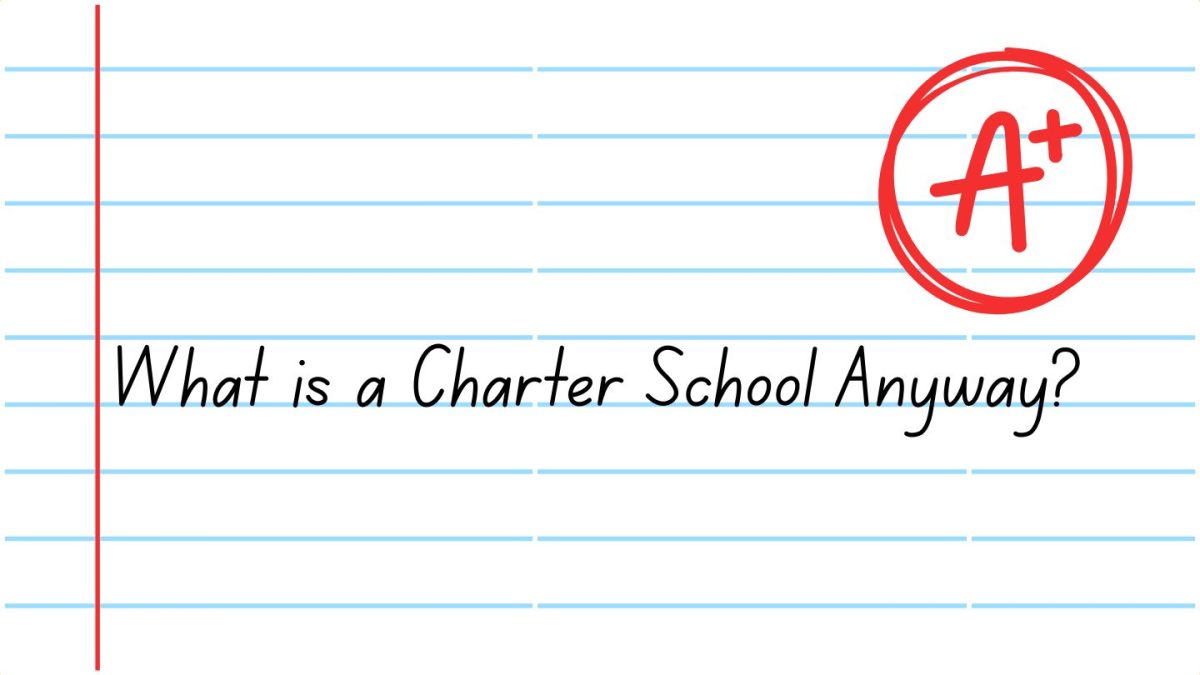Due to the increase of students in the school next year, the science department will add a new teacher and potentially change the classes that teachers are teaching now. Depending on the type of teacher the school hires, teaching assignments may need to be shifted.
David Oldham has been hired as the new science teacher, starting next year. He is currently teaching in Columbia.
In addition, more students have requested to take chemistry, physics and the advanced plant and animal classes for next year.
Science teacher Brad Hurst explained how according to those class requests, there will need be two additional sections of physics. However, it is hard to plan from the requests.
“When students register for classes in the fall, they don’t always end up actually taking that course the following year,” Hurst said.
Jerry Stratton, associate principal, puts the course requests into the schedule.
“Each year we take the requests students have made and I look at how many sections are needed based on those requests,” Stratton said. “When I see that, I look to see if we have the staffing to fulfill those.”
Based on that process, he knew an additional teacher was needed.
The school board approved a position for a full-time high school science teacher at the Feb. 11 meeting.
“We’re just looking for the most qualified teacher,” science teacher Jennifer Rollings said. “If the most qualified applicant happens to have a biology major or a physics major, we’ll hire them and then work from that.”
The online application listed the position as a AP Chemistry and Physics teacher.
One major change for next year is where each teacher will be located.
Science classrooms can only facilitate a certain amount of children each period due to safety in labs.
“Some rooms will have six science classes, but others will have eight. Those other hours will probably have study halls or even classes form other departments in them,” Rollings said. “Teachers will probably have to move classrooms at least once.”








